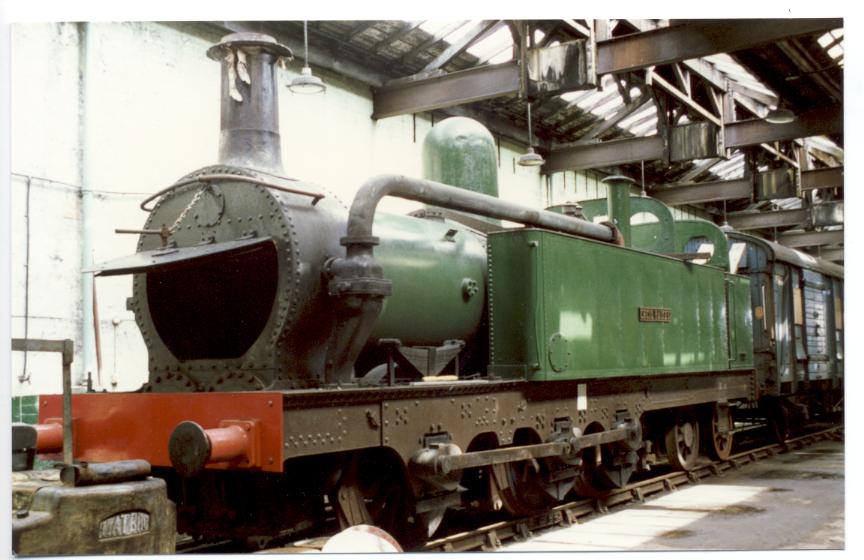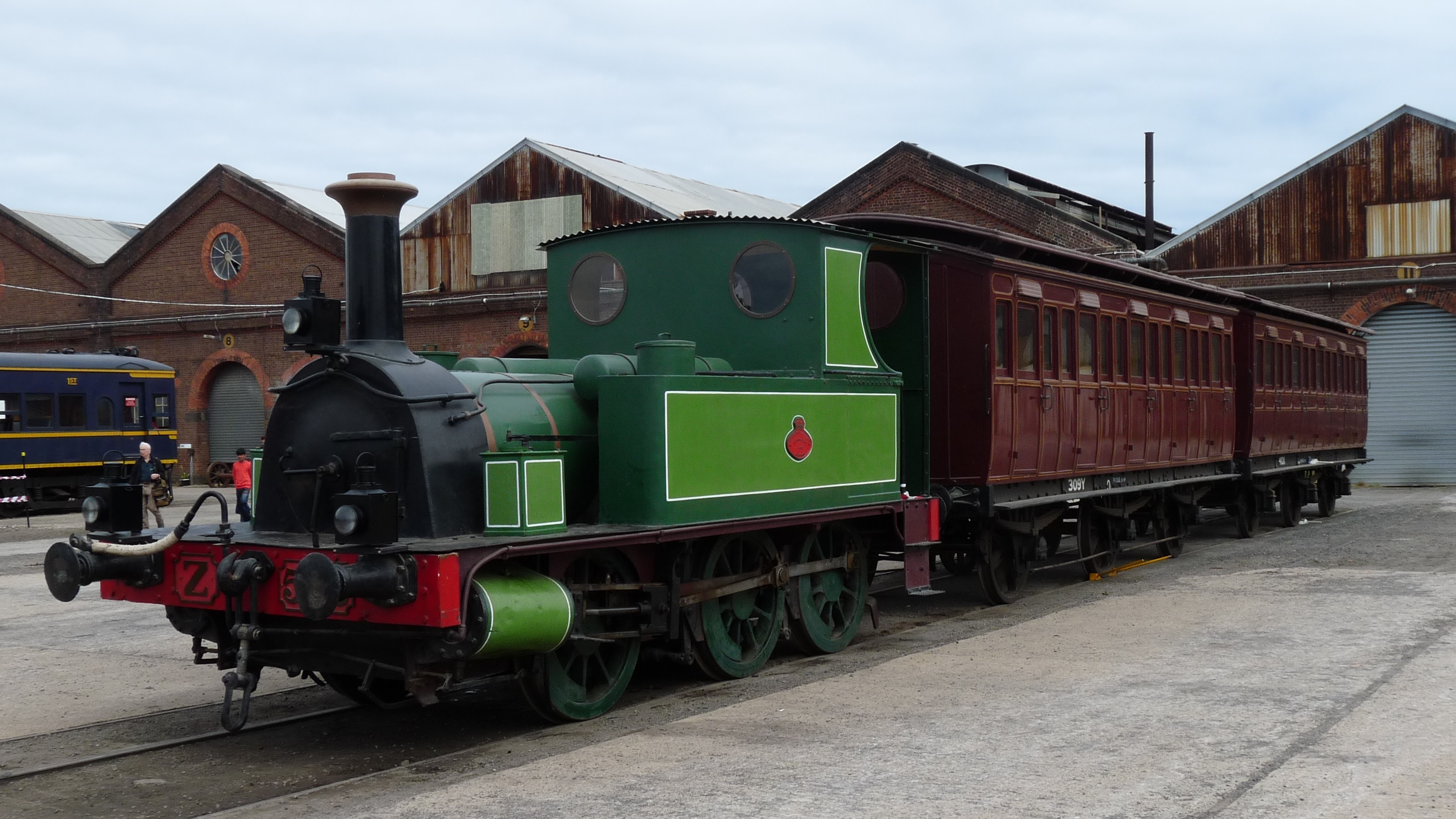|
LMS Locomotive Numbering And Classification
A number of different numbering and classification schemes were used for the locomotives owned by the London, Midland and Scottish Railway (LMS) and its constituent companies. The LMS, formed on 1 January 1923 from many smaller companies included the Caledonian Railway (CR), Furness Railway (FR), Glasgow and South Western Railway (GSWR), Highland Railway (HR), Lancashire and Yorkshire Railway (LYR), London and North Western Railway (LNWR), Maryport and Carlisle Railway (MCR), Midland Railway (MR), North London Railway (NLR) and North Staffordshire Railway (NSR) as well as the minor Cleator and Workington Junction Railway (C&WJR), Glasgow and Paisley Joint Railway (G&PJR), Knott End Railway (KER), Stratford-upon-Avon and Midland Junction Railway (S&MJR), and Wirral Railway (WR) and from October 1936 the Somerset and Dorset Joint Railway (S&DJR) For information about individual classes and locomotives, see Locomotives of the London, Midland and Scottish Railway. Prec ... [...More Info...] [...Related Items...] OR: [Wikipedia] [Google] [Baidu] |
London, Midland And Scottish Railway
The London, Midland and Scottish Railway (LMSIt has been argued that the initials LMSR should be used to be consistent with London and North Eastern Railway, LNER, Great Western Railway, GWR and Southern Railway (UK), SR. The London, Midland and Scottish Railway's corporate image used LMS, and this is what is generally used in historical circles. The LMS occasionally also used the initials LM&SR. For consistency, this article uses the initials LMS.) was a British railway company. It was formed on 1 January 1923 under the Railways Act 1921, which required the grouping of over 120 separate railways into four. The companies merged into the LMS included the London and North Western Railway, the Midland Railway, the Lancashire and Yorkshire Railway (which had previously merged with the London and North Western Railway on 1 January 1922), several Scottish railway companies (including the Caledonian Railway), and numerous other, smaller ventures. Besides being the world's largest ... [...More Info...] [...Related Items...] OR: [Wikipedia] [Google] [Baidu] |
Locomotives Of The London, Midland And Scottish Railway
The London, Midland and Scottish Railway had the largest stock of steam locomotives of any of the 'Big Four' Grouping, i.e. pre-Nationalisation railway companies in the UK. Despite early troubles arising from factions within the new company, the LMS went on to build some very successful designs; many lasted until the end of steam traction on British Railways in 1968. For an explanation of numbering and classification, see British Rail locomotive and multiple unit numbering and classification. Various locomotives were inherited from pre-grouping companies. Those from the smaller railways, and hence non-standard, were withdrawn quite early, while ex-Midland, LNWR and L&YR types persisted. The Midland had long had a 'small engine policy', preferring small engines hauling frequent, fairly short trains, and employing a second locomotive (double-heading) where necessary. However, this practice, while emininently suitable for the route from Sheffield, Derby and Nottingham to London was n ... [...More Info...] [...Related Items...] OR: [Wikipedia] [Google] [Baidu] |
4-4-2 (locomotive)
Under the Whyte notation for the classification of steam locomotives by wheel arrangement, represents a configuration of a four-wheeled leading bogie, four powered and coupled driving wheels, and two trailing wheels supporting part of the weight of the boiler and firebox. This allows a larger firebox and boiler than the configuration. This wheel arrangement is commonly known as the Atlantic type, although it is also sometimes called a Milwaukee or 4-4-2 Milwaukee, after the Milwaukee Road, which employed it in high speed passenger service. Overview While the wheel arrangement and type name Atlantic would come to fame in the fast passenger service competition between railroads in the United States by mid-1895, the tank locomotive version of the Atlantic type first made its appearance in the United Kingdom in 1880, when William Adams designed the 1 Class T of the London, Tilbury and Southend Railway (LT&SR). The is the tank locomotive equivalent of a 4-4-0 American type t ... [...More Info...] [...Related Items...] OR: [Wikipedia] [Google] [Baidu] |
4-6-4
, under the Whyte notation for the classification of locomotives, represents the wheel arrangement of four leading wheels, six powered and coupled driving wheels and four trailing wheels. In France where the type was first used, it is known as the Baltic while it became known as the Hudson in most of North America. Overview Tender locomotives The 4-6-4 tender locomotive was first introduced in 1911 and throughout the 1920s to 1940s, the wheel arrangement was widely used in North America and to a lesser extent in the rest of the world. The type combined the basic design principles of the 4-6-2 type with an improved boiler and larger firebox that necessitated additional support at the rear of the locomotive. In general, the available tractive effort differed little from that of the 4-6-2, but the steam-raising ability was increased, giving more power at speed. The 4-6-4 was best suited to high-speed running across flat terrain. Since the type had fewer driving wheels than car ... [...More Info...] [...Related Items...] OR: [Wikipedia] [Google] [Baidu] |
0-6-4
Under the Whyte notation for the classification of steam locomotives, represents the wheel arrangement of no leading wheels, six powered and coupled driving wheels on three axles, and four trailing wheels on two axles. Overview This wheel arrangement has only been used for tank locomotives and Single Fairlies. The earliest known example was the Moel Tryfan narrow gauge locomotive, built for use on the North Wales Narrow Gauge Railways. It was a Single Fairlie type, built by the Vulcan Foundry near Manchester in 1875. It was followed by the R class and S class, built by the Avonside Engine Company of England for the New Zealand Railways Department between 1878 and 1881. Usage Australia The South Australian Railways K class locomotives were introduced in 1884, designed by William Thow. They were noted to run more smoothly bunker-first. After the electrification of the Mersey Railway in England, four of its 0-6-4T locomotives were sold to J & A Brown of New South Wales, A ... [...More Info...] [...Related Items...] OR: [Wikipedia] [Google] [Baidu] |
0-6-0
is the Whyte notation designation for steam locomotives with a wheel arrangement of no leading wheels, six powered and coupled driving wheels on three axles, and no trailing wheels. Historically, this was the most common wheel arrangement used on both Tender (rail), tender and tank locomotives in versions with both Cylinder (locomotive), inside and outside cylinders. In the United Kingdom, the Whyte notation of wheel arrangement was also often used for the classification of electric and diesel-electric locomotives with side-rod coupled driving wheels. Under the UIC classification, popular in Europe, this wheel arrangement is written as C if the wheels are coupled with rods or gears, or Co if they are independently driven, the latter usually being electric and diesel-electric locomotives. Overview History The 0-6-0 configuration was the most widely used wheel arrangement for both Tender (rail), tender and tank locomotive, tank steam locomotives. The type was also widely used fo ... [...More Info...] [...Related Items...] OR: [Wikipedia] [Google] [Baidu] |
0-4-0
Under the Whyte notation for the classification of steam locomotives, represents one of the simplest possible types, that with two axles and four coupled wheels, all of which are driven. The wheels on the earliest four-coupled locomotives were connected by a single gear wheel, but from 1825 the wheels were usually connected with coupling rods to form a single driven set. The notation 0-4-0T indicates a tank locomotive of this wheel arrangement on which its water and fuel is carried on board the engine itself, rather than in an attached tender. In Britain, the Whyte notation of wheel arrangement was also often used for the classification of electric and diesel-electric locomotives with side-rod-coupled driving wheels. Under the UIC classification used in Europe and, in more recent years, in simplified form in the United States, a 0-4-0 is classified as B (German and Italian) if the axles are connected by side rods or gearing and 020 (French), independent of axle motoring. ... [...More Info...] [...Related Items...] OR: [Wikipedia] [Google] [Baidu] |
0-4-4T
Under the Whyte notation for the classification of steam locomotives, 0-4-4 represents the wheel arrangement of no leading wheels, four powered and coupled driving wheels on two axles, and four trailing wheels on two axles. This type was only used for tank locomotives. In the UK 0-4-4 tanks were mainly used for suburban or rural passenger duties. In America, the wheel arrangement became known as the Forney, after a specific design of 0-4-4s, the '' Forney locomotive'', became heavily used on the narrow curves of elevated railways and other rapid transit lines. Equivalent classifications Other equivalent classifications are: *UIC classification: B2 (also known as German classification and Italian classification) *French classification: 022 * Turkish classification: 24 * Swiss classification: 2/4 * Russian classification: 0-2-2 History Finland The Finnish Steam Locomotive Class F1 entered service with SVR in 1885 were used until 1935. One example is preserved at the Finn ... [...More Info...] [...Related Items...] OR: [Wikipedia] [Google] [Baidu] |
4-2-2
Under the Whyte notation for the classification of steam locomotives, 4-2-2 represents the wheel arrangement of four leading wheels on two axles, two powered driving wheels on one axle, and two trailing wheels on one axle. Other equivalent classifications are: :UIC classification: 2A1 :French classification: 211 : Turkish classification: 14 : Swiss classification: 1/4 Like other steam locomotive types with single pairs of driving wheels, they were also known as singles. History The 4-2-2 configuration offered designers eight wheels to spread the weight of a larger locomotive, but prior to the bogies (invented in the 1830s) becoming popular, created a long rigid wheelbase with limited adhesion. As a result, the type was relatively rare until the 1870s. The first steam locomotive made by Borsig of Berlin in 1841, the ''Borsig'' No 1, was a 4-2-2, but the company quickly reverted to the more common 2-2-2 configuration. UK developments The London and North Western Railway No. 30 ... [...More Info...] [...Related Items...] OR: [Wikipedia] [Google] [Baidu] |
4-4-0
4-4-0, in the Whyte notation, denotes a steam locomotive with a wheel arrangement of four leading wheels on two axles (usually in a leading bogie), four powered and coupled driving wheels on two axles, and no trailing wheels. First built in the 1830s, locomotives with this wheel arrangement were known as "standard" or "Eight-Wheeler" type. In the first half of the 19th century, almost every major railroad in North America owned and operated locomotives of this type, and many rebuilt their and locomotives as 4-4-0s.Kinert, Reed. (1962). ''Early American steam locomotives; 1st seven decades: 1830-1900''. Seattle, WA: Superior Publishing Company. In April 1872, '' Railroad Gazette'' used "American" as the name of the type. The type subsequently also became popular in the United Kingdom, where large numbers were produced.White, John H., Jr. (1968). ''A history of the American locomotive; its development: 1830-1880''. New York: Dover Publications, pp. 46-. The vast majority of 4- ... [...More Info...] [...Related Items...] OR: [Wikipedia] [Google] [Baidu] |
2-4-0
Under the Whyte notation for the classification of steam locomotives, represents the wheel arrangement of two leading wheels on one axle, four powered and coupled driving wheels on two axles and no trailing wheels. In most of North America it became known as a Porter. The notation 2-4-0T indicates a tank locomotive of this wheel arrangement, on which its water and fuel is carried on board the engine itself, rather than in an attached tender. A subset is 2-4-0WT, a configuration in which the water is under the bolier in a well tank. Overview The 2-4-0 configuration was developed in the United Kingdom in the late 1830s or early 1840s as an enlargement of the 2-2-0 and 2-2-2 types, with the additional pair of coupled wheels giving better adhesion. The type was initially designed for freight haulage. One of the earliest examples was the broad-gauge GWR Leo Class, designed by Daniel Gooch and built during 1841 and 1842 by R. & W. Hawthorn, Leslie and Company; Fenton, Murray and ... [...More Info...] [...Related Items...] OR: [Wikipedia] [Google] [Baidu] |
Whyte Notation
The Whyte notation is a classification method for steam locomotives, and some internal combustion locomotives and electric locomotives, by wheel arrangement. It was devised by Frederick Methvan Whyte, and came into use in the early twentieth century following a December 1900 editorial in ''American Engineer and Railroad Journal''. The notation was adopted and remains in use in North America and the United Kingdom to describe the wheel arrangements of steam locomotives, but for modern locomotives, multiple units and trams it has been supplanted by the UIC system in Europe and by the AAR system (essentially a simplification of the UIC system) in North America. However, geared steam locomotives do not use the notation. They are classified by their model and their number of trucks. Structure of the system Basic form The notation in its basic form counts the number of leading wheels, then the number of driving wheels, and finally the number of trailing wheels, numbers ... [...More Info...] [...Related Items...] OR: [Wikipedia] [Google] [Baidu] |









